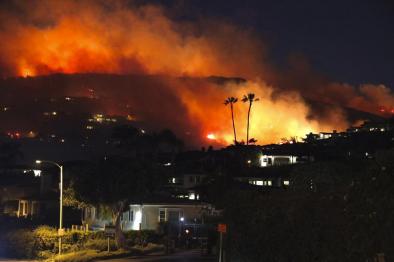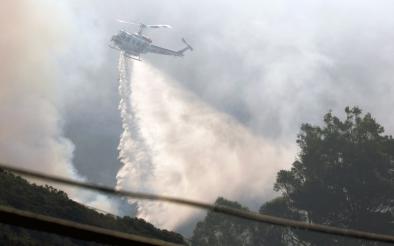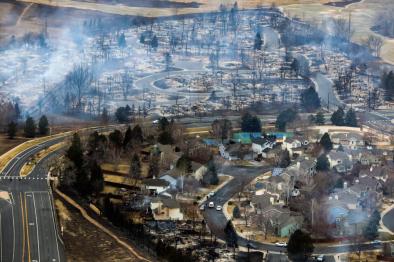Science Source
Global warming leads to more uniform spring phenology across elevations
- States that a famous American entomologist, Andrew D. Hopkins, estimated in 1920 the progressive delay in tree leaf-out with increasing latitude, longitude, and elevation, a phenomenon referred to as “Hopkins’ bioclimatic law”
- States that in the early 1960s, the elevation-induced phenological shift (EPS) was approximately 34 days’ delay for every 1,000-meter increase in elevation, conforming to Hopkins’ bioclimatic law
- Shows, based on massive ground observations in the European Alps, that the shift has reduced by 35% to 22 days' delay for every 1,000-meter increase in elevation
- Finds that under similar spring temperatures, the EPS was substantially reduced in years when the previous winter was warmer
- Concludes that winter warming is likely to be responsible for this strong reduction in the EPS and future climate warming may strengthen this trend
Related Content
Headline

Feb 11, 2022 | Climate Nexus Hot News
Fires Burn In Hot, Dry Southern California, In February
Headline

Jan 24, 2022 | Reuters
Firefighters gaining control of wildfire that closed scenic California highway
Event

Jan 5, 2022
Marshall Fire December 2021
Headline

Dec 7, 2021 | The Guardian
Winter heatwave breaks records in four US states


